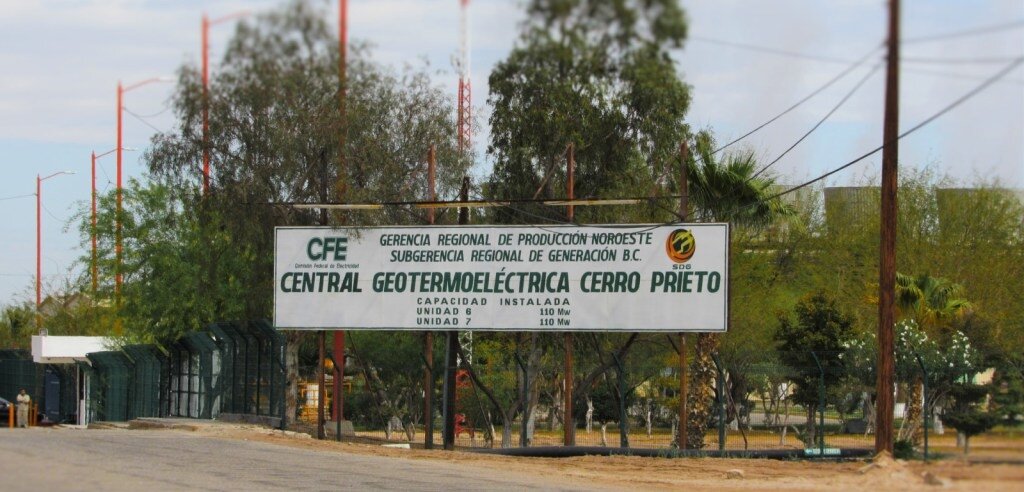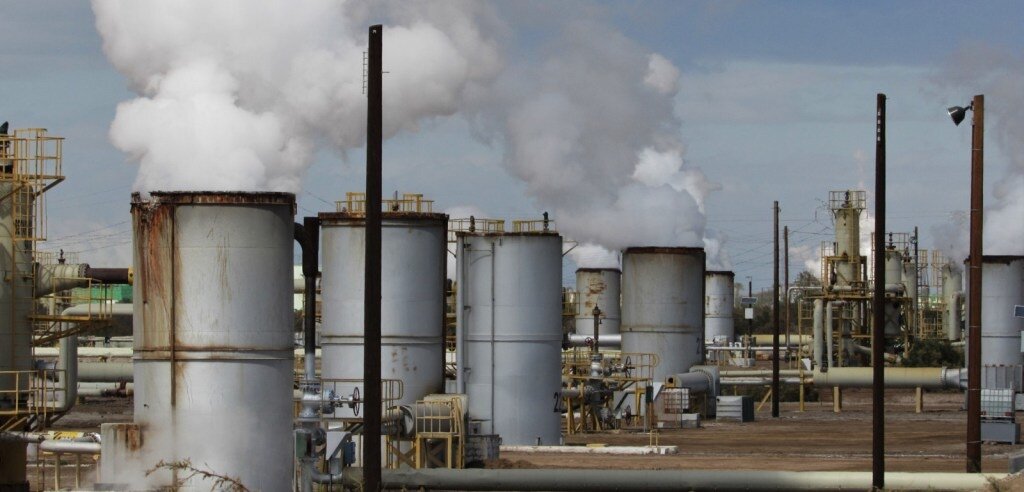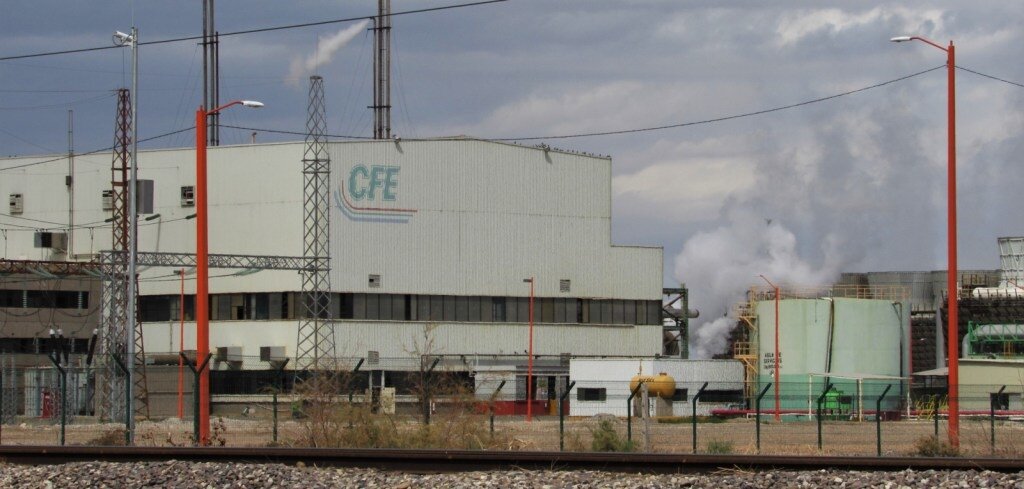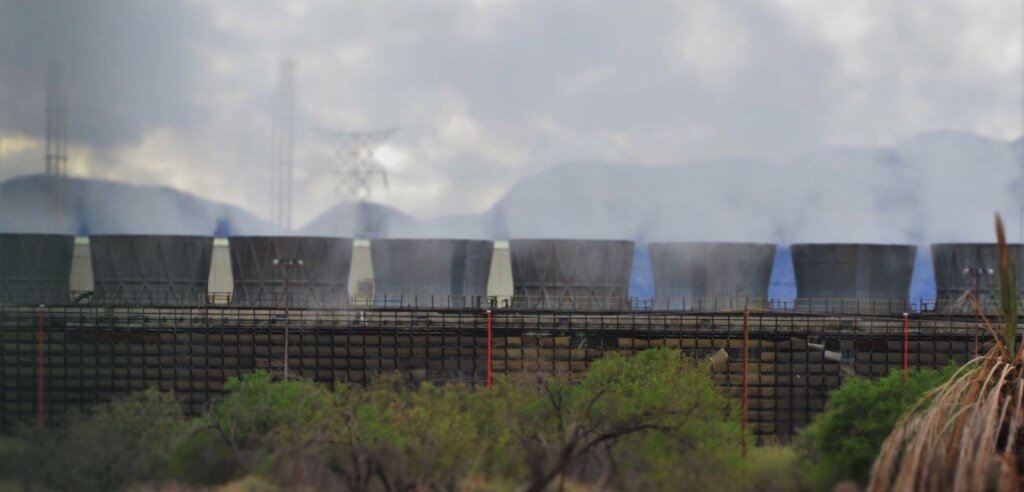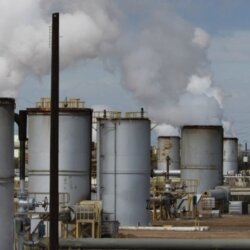
MEXICO
- Population: 122.3 million people
- Electrification rate: 99.00%
- Renewable energy consumption: 9.35%
- Access to non-solid fuel: 84.85%
Source: World Bank
“We want the world to know that we are all dying here,” cries Jose Lopez, a 75-year-old farmer at the small rural village of Nuevo León in the northern Mexican state of Baja California — 3,000 kilometres distant from the capital, Mexico City.
Lopez’s eight children don’t live in Nuevo León anymore. All crossed the US border, less than 50 km away to the closest American city Calexico.
“There was no future here. We are becoming deaf, blind and having lung diseases. People have no idea what we are going through.”
The old farmer used to grow wool and wheat on a 50-acre piece of land. But his soil is now ruined by the huge concentration of minerals in the groundwater. The salinity has considerably affected the crop yield potential of his land.
He blames Cerro Prieto, the nearby geothermal plant, for the continuous harm to Nuevo León and the nearby communities in Baja California. His house is 100 metres away from the fence that demarcates the plant — the first geothermal field in Latin America (1973).
With a capacity of 720 megawatts, it is one of the largest geothermal plants in operation worldwide. Cerro Prieto is owned and operated by the state utility Federal Electricity Commission (CFE) and has 220 wells producing 56 million metric tonnes of steam and 67 million metric tonnes of a highly corrosive brine, which is disposed into a solar evaporation pond 18 km long.
“They just leave the water in a lagoon hoping it doesn’t contaminate the Mexicali Valley aquifer that supplies potable water for irrigation fields,” said Jorge Hernandez from the group of geosciences at the Autonomous University of Baja California (UABC). Until 1994, the brine was thrown into the Hardy river that flows towards the Gulf of California.”
As this case illustrates, geothermal projects may have significant environmental impacts. Jesus Calleros, a hydrologist from the Institute of Agricultural Sciences of UABC, compiled data over the last 15 years that proves high content of chemicals in the water — including hydrogen sulfide, methane, ammonia, nitrogen, mercury, arsenic, silica, radon and boron. “After four decades of Cerro Prieto, the soil is totally deteriorated,” stated Calleros, who estimates that 34,000 acres are salinized.
Other concerns include sinking ground, loud noise at night, and the release of hydrogen sulfide into the air — a gas that smells like rotten eggs. Data from the Federal Attorney for Environmental Protection (Profepa) registered 109 parts per million of hydrogen sulfide, ten times higher than what regulation allows in Mexico, said Calleros.
Around Cerro Prieto no one thinks that geothermal could be a good thing. CFE has turned its community against the power plant instead of having them as their ally. So far, no reparation was paid to the impacted families.
“We were told there would be benefits, but which ones? We sacrificed our families and got contamination in return. We don’t want to live here anymore,” says Lopez.

